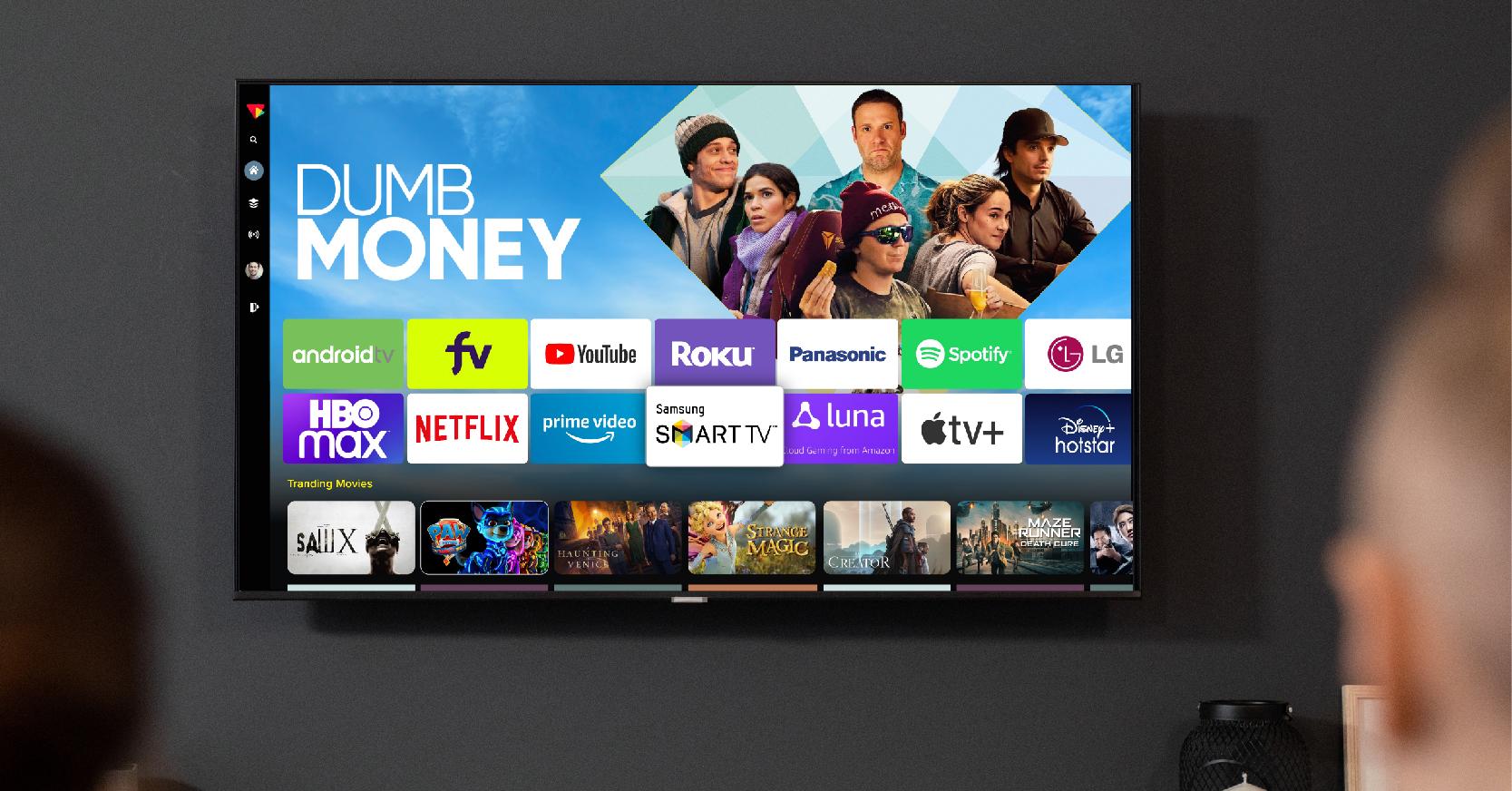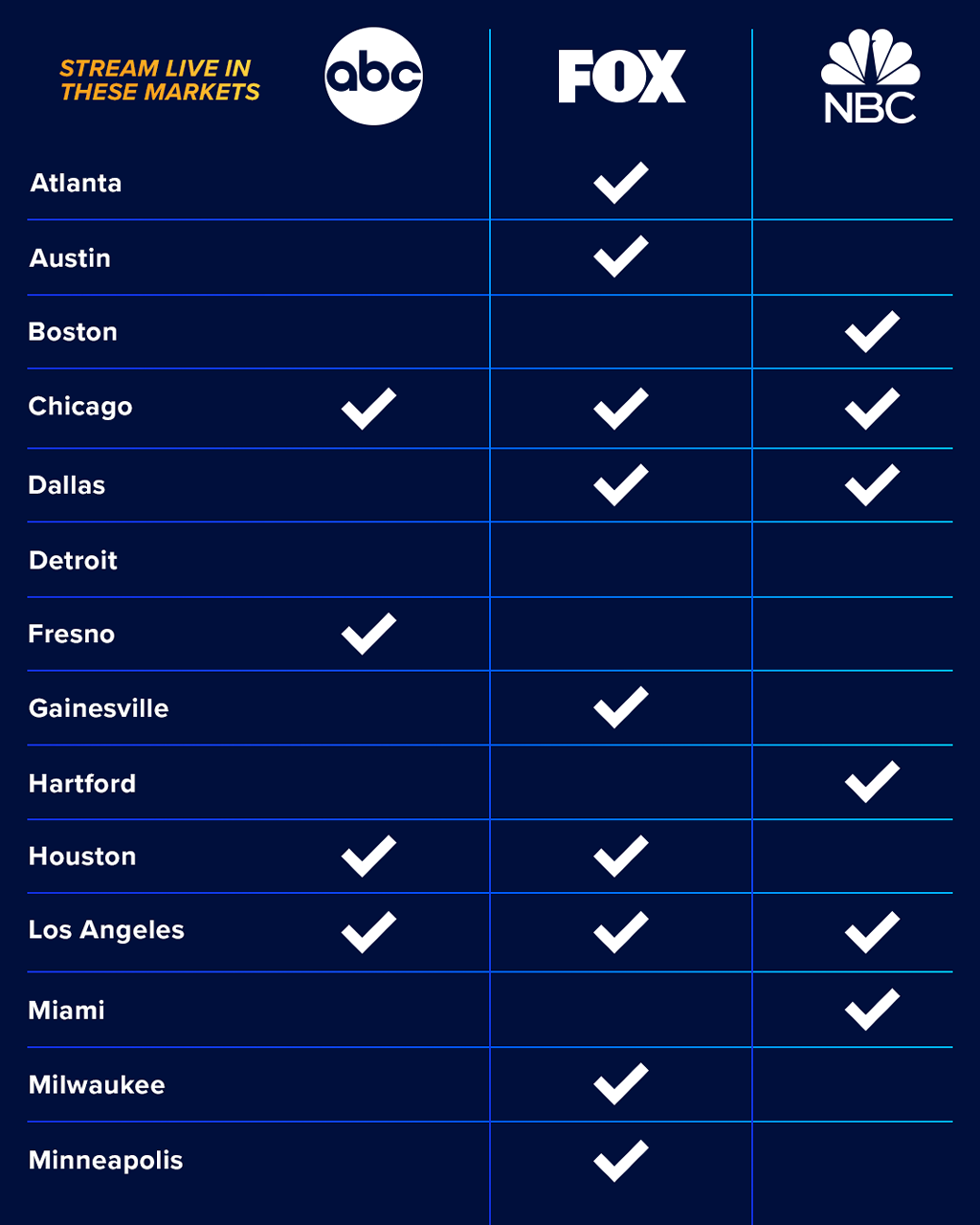Indicators on Apollo Group Tv You Should Know
Indicators on Apollo Group Tv You Should Know
Blog Article
Apollo Group Tv Fundamentals Explained
Table of ContentsGetting My Apollo Group Tv To WorkApollo Group Tv Things To Know Before You BuyAll About Apollo Group TvThe 7-Minute Rule for Apollo Group Tv
In this circumstance, instead of having three-minute commercial places during a 30-minute television program, television programs might change to one where a customer will certainly be required to have a monthly registration, to ensure that they cen view targeted banner advertisements. This kind of advertising already occurs online, and the amount of information tv business accumulate allows them to do similar.Clarify the influence of sponsors on program web content. Explain the significant fads among the broadcasting and wire networks. When tv was in its early stage, manufacturers modeled the new tool on radio. Popular radio shows such as authorities drama Dragnet and western cowboy series Gunsmoke were adapted for tv, and brand-new television programs were sponsored by single advertisers, just as radio shows had actually been.
Today, the tv sector is much more complex. Programs are funded by multiple marketers; programming is managed by major media corporations; and the 3 major networks no more control the airwaves however rather share their customers with countless wire channels. A number of factors represent these patterns within the market, including technological developments, federal government laws, and the production of brand-new networks.

The Best Strategy To Use For Apollo Group Tv
Developed in 1969, (PBS) developed out of a record by the Carnegie Payment on Educational Television, which took a look at the function of instructional, noncommercial television on society. Public tv was additionally intended to supply global accessibility to television for customers in country locations or viewers who can not afford to pay for exclusive tv solutions.
The duration between 1950 and 1970 is traditionally identified as the. Apart from a small portion of airtime managed by public tv, the three major networks (referred to as the Big 3) controlled the tv industry, jointly making up greater than 95 percent of prime-time viewing. In 1986, Rupert Murdoch, the head of international business News Corp, released the Fox network, testing the dominance of the Big 3.
Targeting young and minority audiences with programs such as Buffy the Vampire Slayer, Moesha, Dawson's Creek, and The Wayans Bros., the brand-new networks intended to draw stations far from their old network associations. Instead than duplicating the success of Fox, UPN and WB struggled to make an effect. Unable to attract numerous affiliate stations, the two fledgling networks got to fewer homes visit their website than their larger opponents because they were inaccessible in some smaller sized cities.
This choice led the way for the growth of cable television movie channels, adding to the rapid growth of cable in the 1980s and 1990s. apollo tv. Additional deregulation of cable in the 1984 Cord Communications Policy Act got rid of restrictions on cable rates, enabling drivers to charge what they wanted for cable solutions as long as there was effective competitors to the solution (a criterion that over 90 percent of all wire markets can meet)
The smart Trick of Apollo Group Tv That Nobody is Talking About

Having actually created the initial "superstation," Turner increased his world by founding 24-hour news network CNN in 1980. At the end of the year, 28 nationwide programming services were offered, and the cord revolution had begun. Over the next decade, the sector undertook a duration of rapid growth and appeal, and by 1994 viewers could pick from 94 basic and 20 costs cable television services.
Number 9 - https://trello.com/w/apollogtv01/account.16 Increased competition from wire channels has created a constant decrease in the networks' audience ratings. Throughout the 1950s, the cost of creating a single television show boosted as programs came to be much longer and manufacturing expenses soared. Sponsorship on network television changed from single sponsorship, in which a program was totally sustained and created by one marketer, to numerous sponsorship, in which advertisers got 1- or 2-minute spots on the show
Choose one of the Big Four networks and publish out its weekly programs timetable. Enjoy the network's prime-time programs over the program of a week, keeping in mind the target group for each program.
The 6-Minute Rule for Apollo Group Tv

Linear TV, frequently described as conventional program television, encompasses cable television and satellite tv. It's called "straight" because material adheres to a predetermined programs timetable, unlike on-demand content which the specific audience makes a decision to enjoy based on their very own choices and routine. So, when you ask, "What is straight TV?", think about it as the traditional means of viewing television that has actually been around for decades.
Report this page